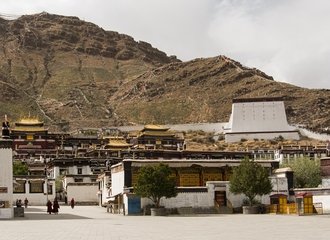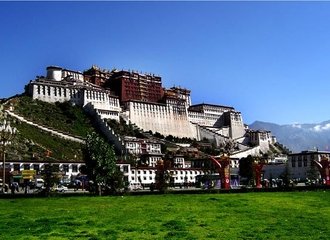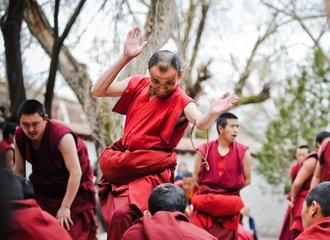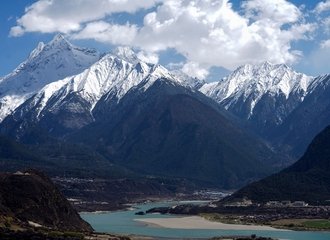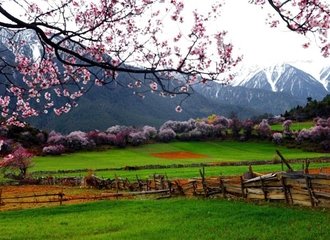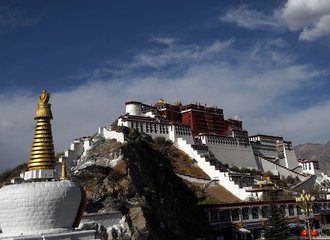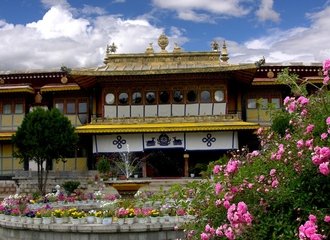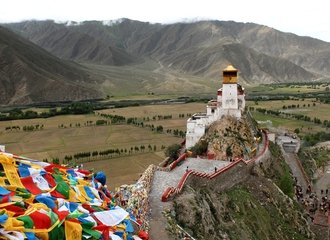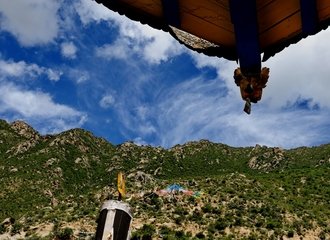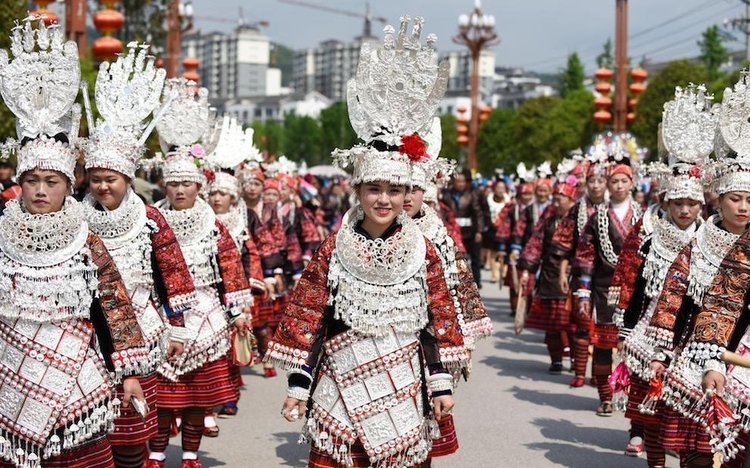

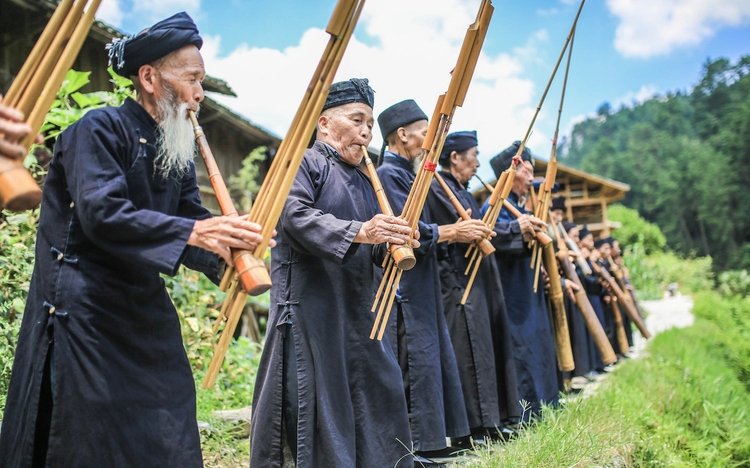

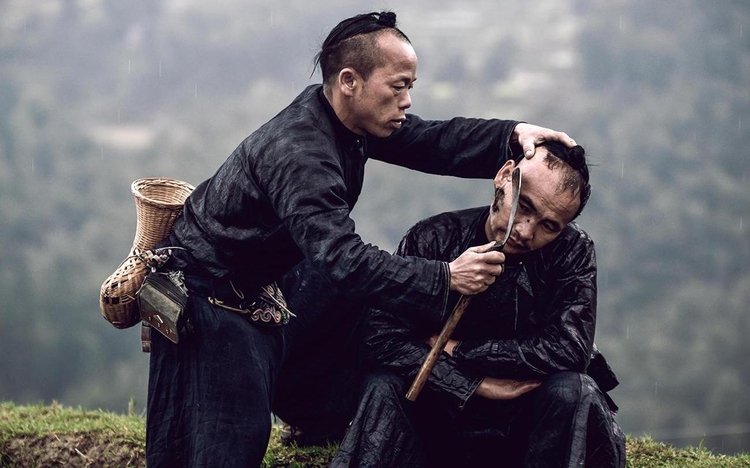
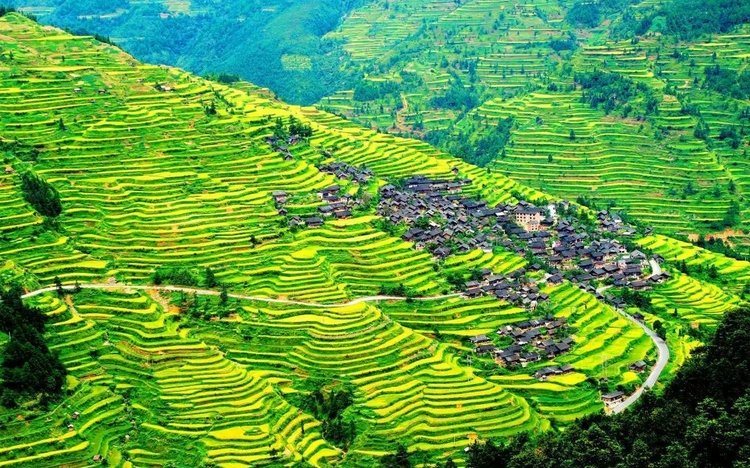
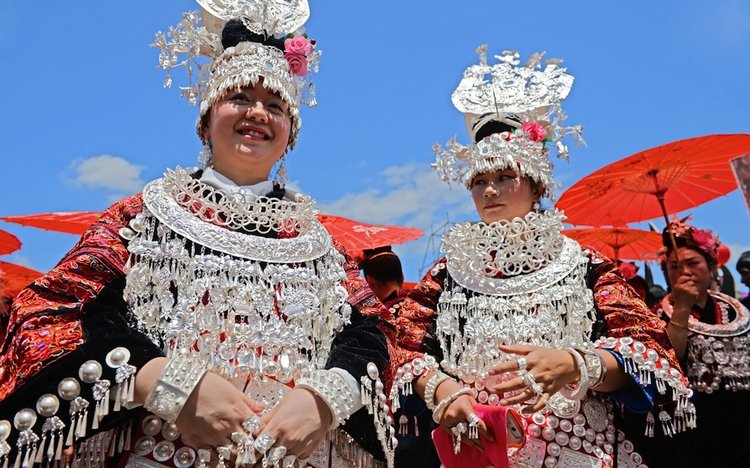
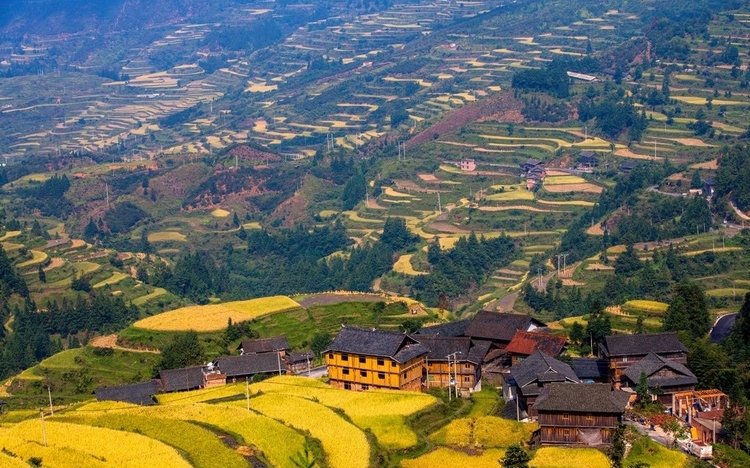
6 days Guizhou Sisters' Meal festival tour
Itinerary
On this trip, you can expect to be in the group of thousands of other visitors who have assembled to soak in this ancient ceremony taking place in Taijiang and Laotun, and get a better understanding of the richness and diversity of the local cultures, when you admire their traditional dresses, wander through lush and verdant villages, and discover the fascinating heritage and history of local Miao or Dong people you’ll meet as you travel in Kaili, Rongjiang, Congjiang, and Zhaoxing.
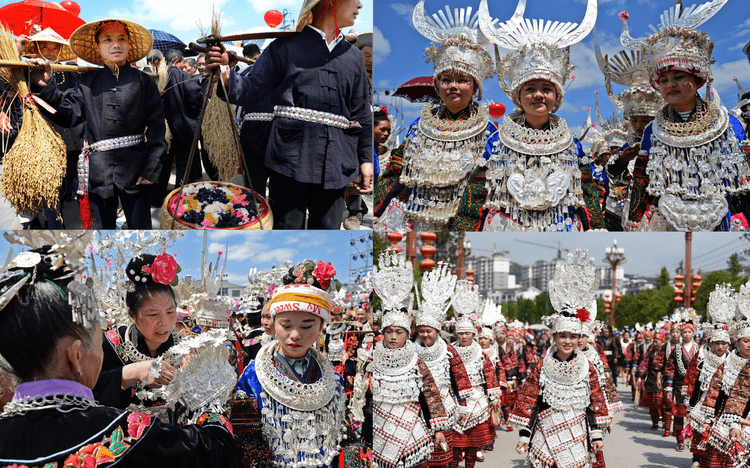
Upon arrival at the airport or railway station of Guiyang, the provincial capital of Guizhou, be greeted by your local guide. Then drive to Kaili, the largest city in southeastern Guizhou and the center of Miao culture, where you will get into nearby ethnic minority villages to join in the grandest Sister’s Meal Festival in the following days. Stay overnight at Kaili.
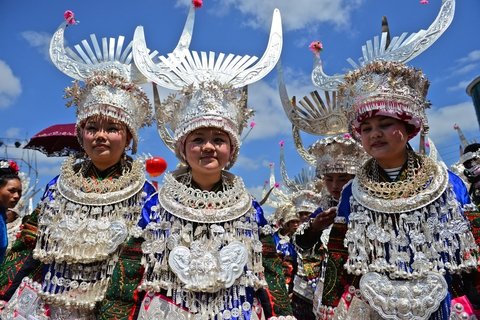
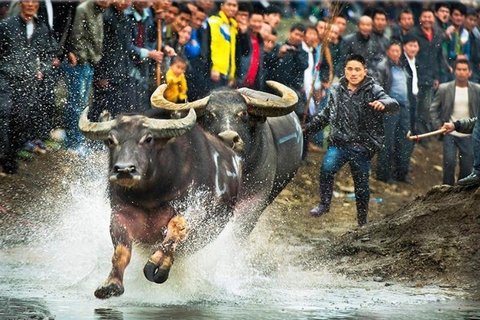
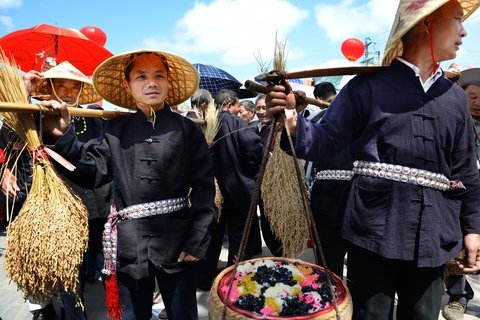
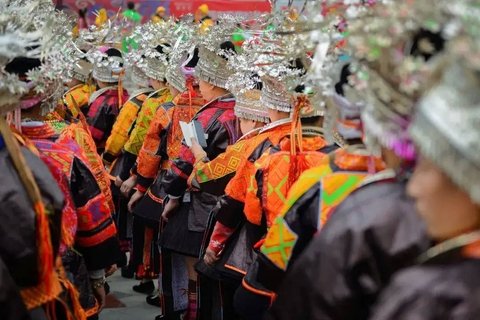
In the morning, you will head to Taijiang County to admire the opening ceremony of the Sisters’ Meal Festival. Sisters’ Meal Festival, known as the oldest Valentine’s Day in China, is a pageant for young people to look for a soulmate, as well as a celebration of love and spring. During the festival, you will be able to see Miao girls dressed up in beautiful ethnic costumes with exquisite embroidery and startling silver ornaments. Except for the interactivity between the single men and women by singing and dancing, you can also appreciate bullfighting, wooden-drum dancing, traditional Miao performances, and Lusheng music. Stay overnight at Kaili.
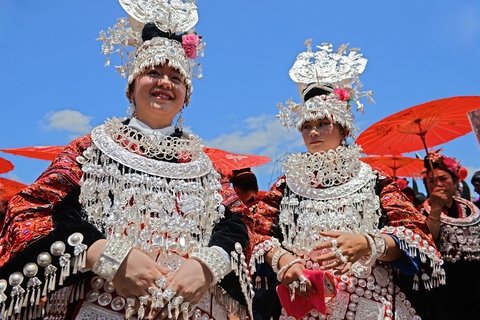
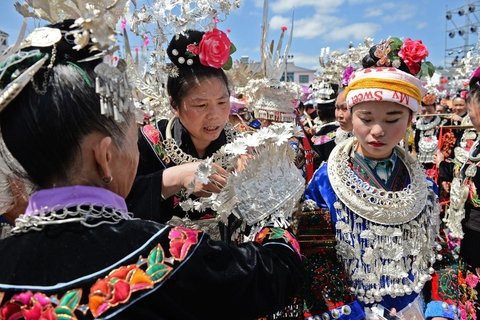
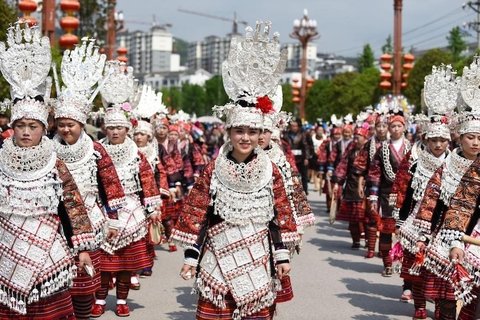
Today, you will spend a whole day in Laotun to join in the Sisters’ Meal Festival. In Laotun, you can see how the Miao girls made the “sisters’ rice'' - colored rice dyed naturally by fresh wildflowers and leaves, how they prepare their silver ornaments, and how they dress up for the festival. Sometimes the festival preparation process is more interesting than the festival itself. In the late afternoon, drive back to Kaili. Stay overnight at Kaili.
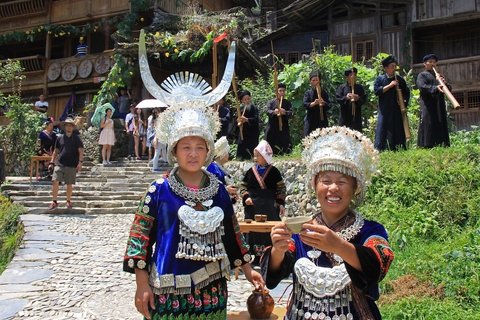
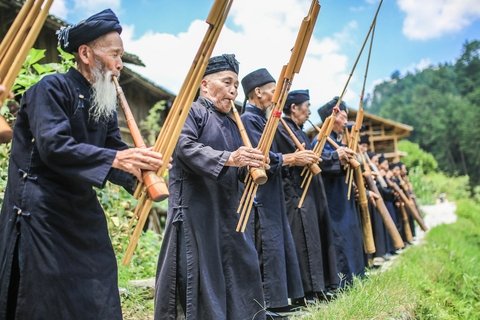


After breakfast, pay a leisure visit to explore Miao's history and culture in Upper Langde Miao Village, which is considered to be the live museum of Miao Culture. This village is surrounded by mountains and rivers and boasts wooden stilt houses, winding mountain paths, and well-preserved Wind and Rain Bridge. Visit a local Miao family and have lunch in a Miao wooden house. In the afternoon, you can visit the traditional ceramics mills near Leishan. On the way to Rongjiang, visit the terraced rice fields in Kaitun and other Miao and Dong villages. Stay overnight at Rongjiang.
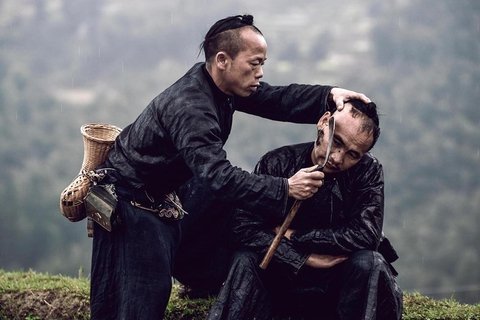
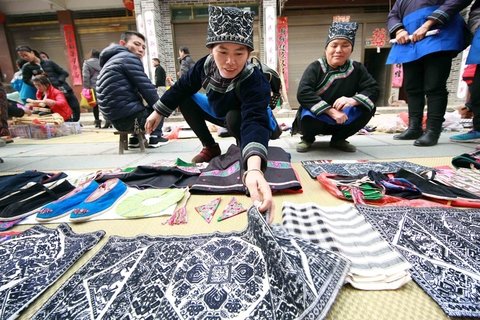
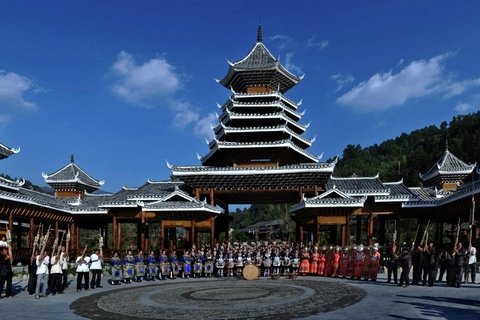
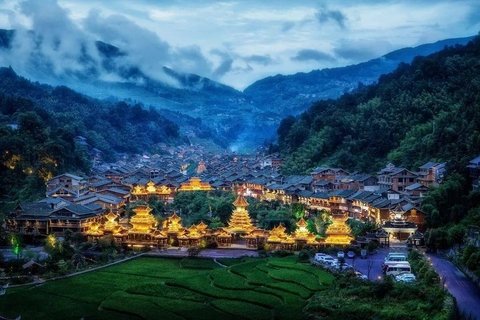
Visit a morning market in Rongjiang, then you will move to Congjiang to visit the Basha Miao Village where China's last tribe of gunmen lives. Despite strict gun control laws in the rest of China, each man in this tribe is allowed to keep their guns. But today it is only for hunting wild animals, and it becomes a symbol of being a man in this Miao tribe. In Basha, local Miao men still have long hair and make a topknot, around which the other hair is shaved by a sharp sickle. Afterward, you will continue the way to Zhaoxing, where you will visit one of the largest Dong ethnic minority villages, Zhaoxing Dong Village. In the evening, you will enjoy the Dong Chorus. All Dong people are good at singing, so they are natural singers. Stay overnight at Zhaoxing.

After breakfast, you will head to explore Tang’an Dong village. Settled at a mountainside and surrounded by terraced fields and lush greens, Tang’an village is the miniature of all Dong villages in the southern dialect region. Hiking down the hills to Zhaoxing from Tang’an village takes about 2 hours, and you will also pass through some other Dong villages on the way. Afterward, drive back to Guiyang for your flight out. End the tour with WindhorseTour.

